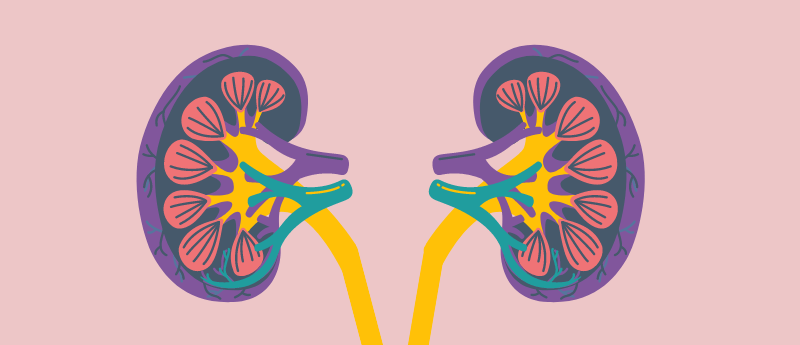SOX9 switch: the key to successful kidney regeneration?

Researchers have uncovered how a SOX9 switch determines the successful regeneration of kidney cells.
When kidney tissues are damaged there are two outcomes. Either the damage is temporary – whereby the tissue recovers without scarring – or there can be long-term damage, which manifests in fibrosis, chronic kidney disease and end-stage kidney failure.
The mechanism controlling whether injured kidney tissue heals with or without fibrosis has been unknown; however, previous research has suggested that a transcription factor termed SOX9 aids the regeneration of kidney cells. SOX9 plays a crucial role in the development of the kidneys but is only active in adult kidneys if damage occurs.
“Injured cells activate a protein called SOX9 to regenerate themselves. When they have healed, the cells silence this protein. Cells that can’t regenerate leave SOX9 active, and this leads to a type of scarring called fibrosis. But when we deactivate SOX9 in a timely fashion, the scarring literally goes away,” commented senior author of the current study Sanjeev Kumar.
In this study conducted at Cedars-Sinai Medical Center (CA, USA), Kumar’s team compared injured kidney cells from mice that exhibited kidney regeneration with or without fibrosis. By labeling the cells at the point of injury, the team were able to monitor how the epithelial cells of the kidneys healed in two types of cell lineages, SOX9on-off (able to fully restore the epithelium) and SOX9on-on (unable to fully restore the epithelium).
“At Day 10, some cells’ descendants were fully healed while others were not. The cell lineage that healed had switched off SOX9 expression, while the unhealed lineage, in a continuing attempt to fully regenerate, maintained SOX9 activity. It’s like a sensor that switches on when cells want to regenerate, and off when they are restored, and we are the first to identify this,” Kumar explained.
 How old are your organs really?
How old are your organs really?
Scientists have developed a method for identifying which organs are rapidly aging in otherwise healthy individuals.
Delving deeper into the genetic activity of the cells, the team were able to pinpoint the WNT signaling pathway as a key player in SOX9-mediated scarring. Further experiments using human kidney transplants confirmed the importance of SOX9, CDH6 and WNTs in fibrosis.
“We were able to distinguish that patients who had sustained SOX9 activation had lower kidney function and more scarring than those who did not. Human kidneys with cells that maintained SOX9 were also enriched with WNTs and showed increased fibrosis,” Kumar noted.
The team hopes their findings will push forward the development of non-invasive biomarkers for kidney fibrosis. Speaking on the potential clinical impact of their findings, co-author Paul Noble added that, “elucidating the mechanisms of scarless healing versus fibrosis has eluded investigators for decades and has implications beyond the kidney, including for certain cancers.”
In future studies, the researchers wish to further investigate factors that impact the SOX9 switch, including apicobasolateral polarity and tight junctions.





